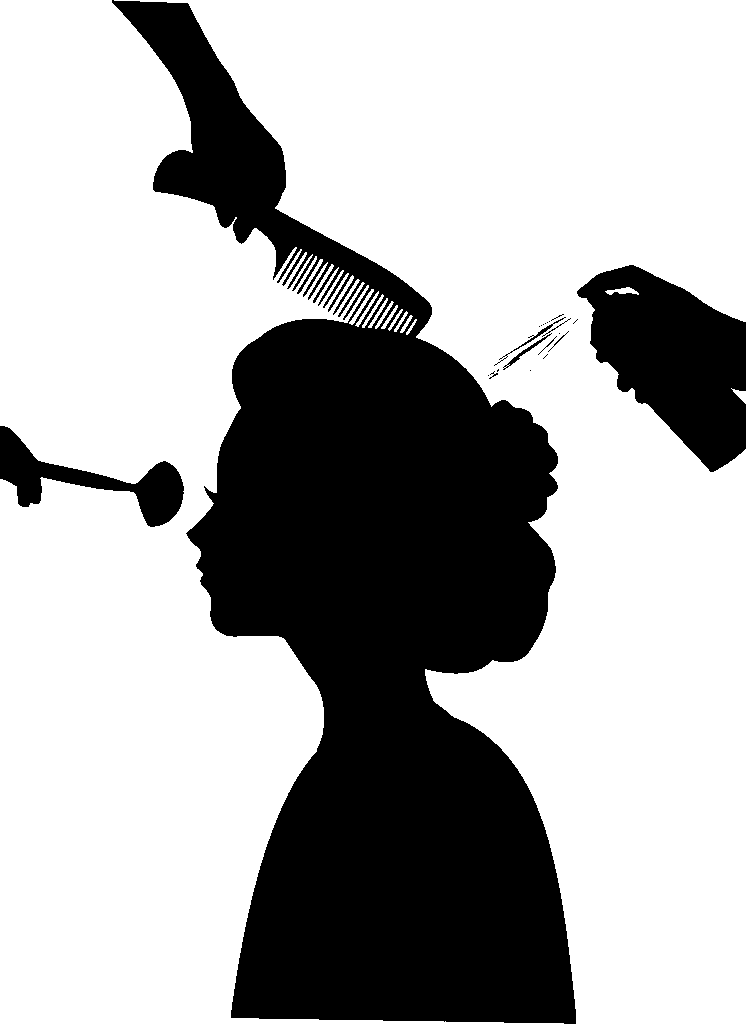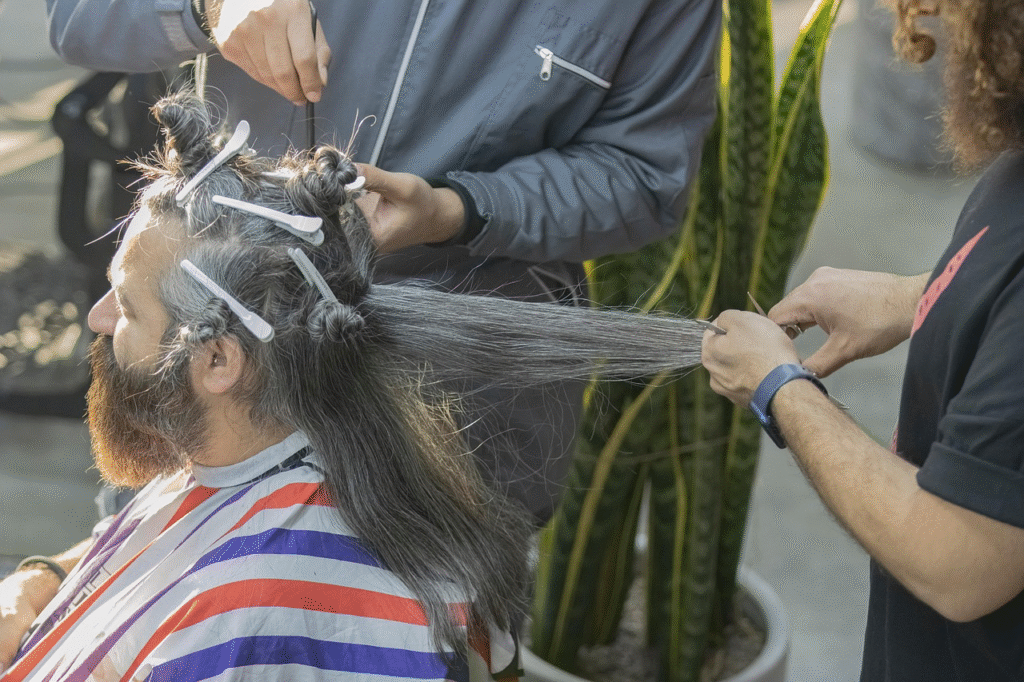Fashion Stylist Guide: Best Hacks & Worst Mistakes
Fashion is more than just clothing—it’s a powerful tool of self-expression, confidence, and identity. Whether you are dressing for a job interview, a wedding, or a casual outing, your style communicates volumes about your personality. That’s where a Fashion stylist guide becomes your ultimate companion. This article dives deep into understanding fashion styling, key rules, do’s and don’ts, and practical advice that helps you refine your personal look while avoiding common fashion pitfalls.
Understanding the Role of a Fashion Stylist
A fashion stylist is not just someone who chooses outfits. Their role goes far beyond selecting clothes; they curate looks that reflect individuality, balance comfort with style, and align with the latest trends. Fashion stylists analyze body shape, skin tone, lifestyle, and even personality traits to craft the perfect wardrobe.
Why a Fashion Stylist Matters in Today’s World
In a world where first impressions matter, your outfit can open doors—or close them. Whether you’re an entrepreneur pitching an idea, a bride preparing for her wedding, or a student attending a graduation, your outfit has the power to boost confidence and create lasting impressions. Stylists help you:
- Highlight your best features.
- Minimize fashion mistakes.
- Stay current with trends without losing authenticity.
- Build a wardrobe that works for multiple occasions.
Fashion Stylist Guide to Building a Strong Wardrobe

A strong wardrobe is the foundation of great styling. Instead of chasing every new trend, focus on creating a versatile collection.
The Importance of Wardrobe Basics
Your wardrobe should contain timeless essentials that never go out of style. These are the backbone pieces you can mix and match effortlessly. Examples include:
- A crisp white shirt.
- Well-fitted denim jeans.
- Classic black blazer.
- Neutral-toned trousers.
- A little black dress.
- Comfortable yet stylish sneakers.
Balancing Trends with Timeless Pieces
While wardrobe basics are important, incorporating trends adds freshness. The key is balance. Instead of overloading on fleeting trends, invest in a few statement pieces such as a bold handbag, oversized blazer, or patterned scarf that can elevate your look.
Fashion Stylist Guide to Dressing for Body Shape
One of the most valuable lessons from stylists is learning how to dress for your body shape. Clothes that flatter your body enhance confidence instantly.
Styling for Hourglass Shape
If you have an hourglass shape, accentuate your waistline with belts, wrap dresses, and fitted tops. Avoid overly baggy outfits that hide your curves.
Styling for Pear Shape
For pear-shaped bodies, balance proportions by drawing attention to the upper body. Opt for statement tops, structured blazers, and A-line skirts that skim the hips.
Styling for Rectangle Shape
Rectangle body types benefit from outfits that create curves. Try peplum tops, belted dresses, and layered looks to add dimension.
Styling for Apple Shape
Apple shapes look great in V-necklines, empire waist dresses, and flowy tunics that elongate the torso while skimming the midsection.
Fashion Stylist Guide to Colors and Fabrics
Colors and fabrics can make or break an outfit. Stylists pay close attention to these elements when curating looks.
Understanding Color Palettes
Every person has a unique undertone—cool, warm, or neutral. Wearing the right colors enhances your natural glow, while the wrong shades can make you look dull.
- Warm undertones shine in earthy shades like mustard, coral, olive green.
- Cool undertones glow in jewel tones such as emerald, sapphire, and icy blue.
- Neutrals can experiment with both palettes, making them versatile.
Choosing Fabrics That Work for You
Fabric choice is equally important. While satin and silk give a luxe feel for evening events, cotton and linen provide breathable comfort for everyday wear. A stylist ensures your fabrics match not just the occasion but also the climate and comfort level.
Fashion Stylist Guide to Occasion-Based Dressing
Different events demand different styles. Stylists often prepare occasion-based wardrobes to avoid last-minute stress.
Dressing for Professional Settings
In corporate environments, power dressing matters. Stick to neutral tones, structured blazers, pencil skirts, and clean-cut shirts. Accessories should be minimal yet sophisticated.
Dressing for Social Events
For weddings, cocktail parties, or formal dinners, experiment with elegant dresses, statement jewelry, and heels. For casual social outings, think chic denim with stylish tops and comfy sneakers.
Dressing for Daily Life
Even everyday wear deserves attention. With athleisure trending, a pair of joggers with a fitted crop jacket or oversized hoodie can keep you stylish yet comfortable.
Fashion Stylist Guide to Accessories and Details
Accessories complete a look—they can transform basic outfits into stylish ensembles.
Power of Statement Accessories
A bold necklace, a structured handbag, or a pair of oversized sunglasses can elevate even the simplest outfit. Stylists recommend keeping one statement piece at a time to avoid looking overdone.
Importance of Shoes
Shoes define the tone of your outfit. A blazer with sneakers gives a chic casual vibe, while the same blazer with stilettos turns it into evening-ready attire.
Fashion Stylist Guide to Common Mistakes to Avoid
Even the most fashion-forward individuals fall into styling traps. Avoiding these ensures you always look polished.
- Wearing ill-fitted clothes.
- Over-accessorizing.
- Ignoring body shape.
- Following every trend blindly.
- Choosing style over comfort all the time.
Fashion Stylist Guide to Personalizing Your Style

A stylist’s true job is not to impose trends but to bring out your personal style.
Creating a Signature Look
Whether it’s a bold lipstick, monochrome outfits, or always carrying a particular type of bag, your signature element makes you memorable.
Building Confidence Through Style
Ultimately, confidence is the best outfit. Stylists emphasize wearing what makes you feel comfortable and empowered rather than simply what’s trending.
Benefits of Following a Fashion Stylist Guide
Investing time in fashion styling pays off in multiple ways:
- Saves time: A curated wardrobe means less daily stress.
- Boosts confidence: Looking good makes you feel good.
- Improves impressions: Helps in professional and personal success.
- Encourages creativity: Mix-and-match possibilities increase when your wardrobe is well-structured.
- Balances budget: Avoids wasting money on unnecessary pieces.
Conclusion
Fashion is more than fabrics and accessories—it’s a language of self-expression. A fashion stylist guide helps you understand how to combine trends with timeless pieces, dress for your body shape, choose the right colors, and express confidence through your wardrobe. By learning the do’s and don’ts of styling, you not only avoid fashion mistakes but also create a personal style that reflects your unique identity.
Comments
Post a Comment